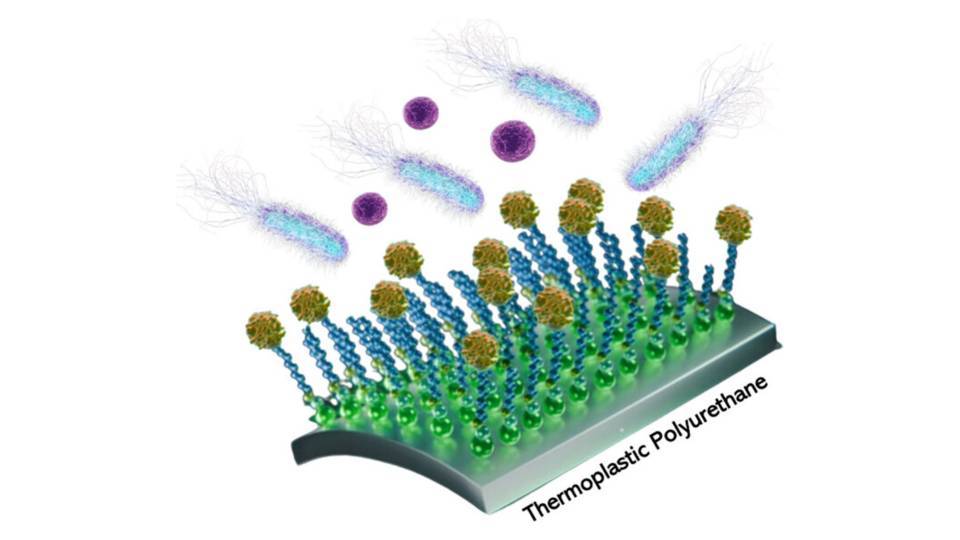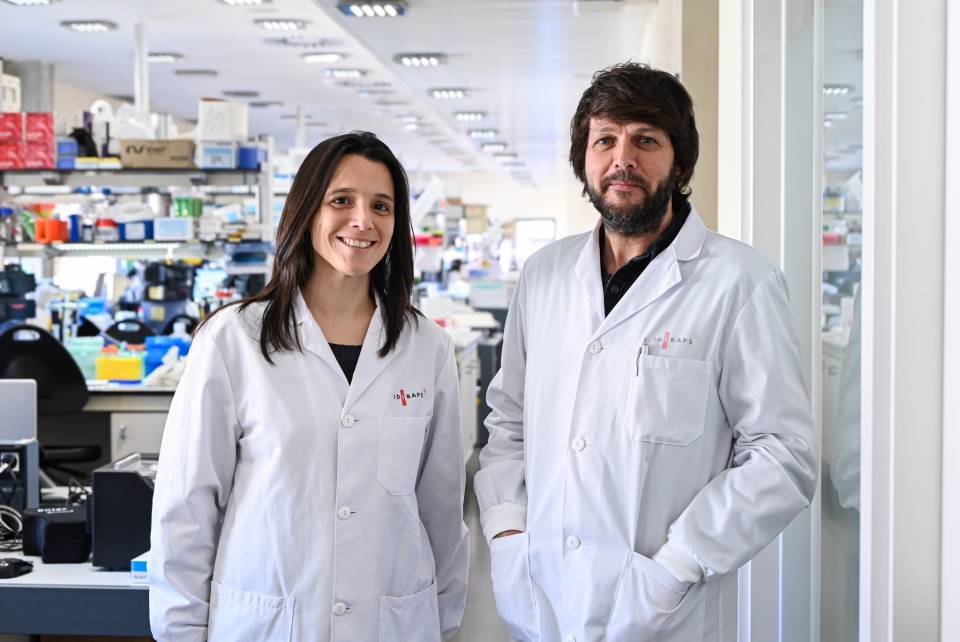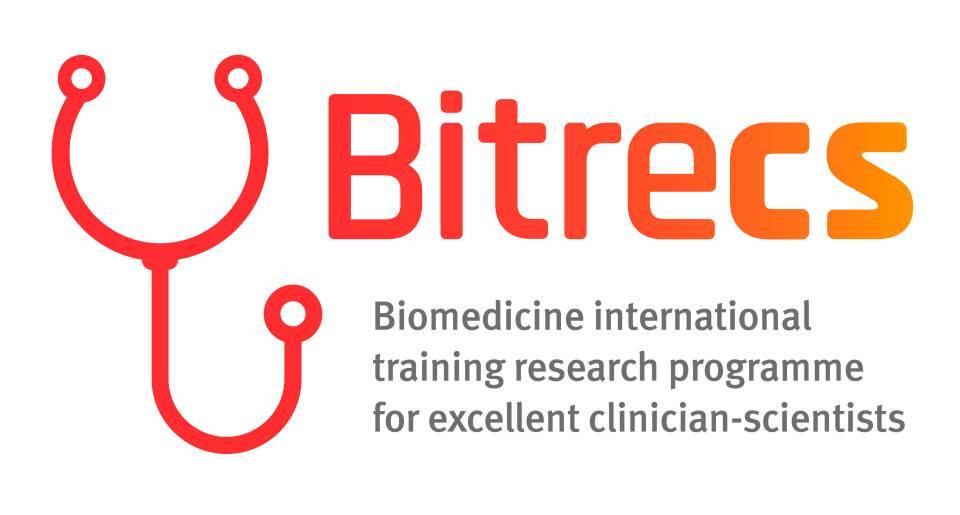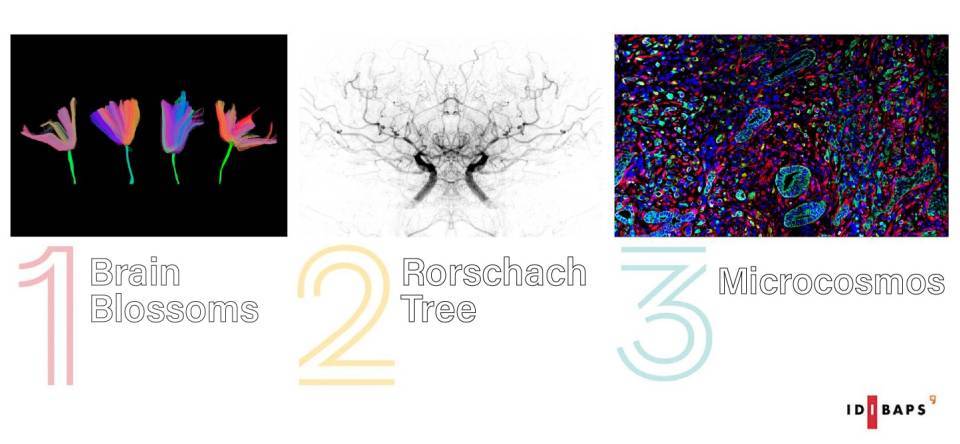A team of researchers has developed a new strategy to chemically modify TPU, a material widely used in medical devices, to endow it with antibacterial properties and prevent infections associated with biomedical implants. This innovation could represent a significant advancement in the safety and durability of medical implants. The study is part of a project funded by La Marató de TV3.
The study, led by Imma Ratera, from ICMAB-CSIC and CIBER-BBN, and which has had the participation of Josep M Miró and Cristina Garcia-de-la-Maria from the Endocarditis. Cardiovascular infections. Experimental model research group of IDIBAPS, has been recently published in ACS Applied Bio Materials. It describes how the chemical modification of the TPU surface and the self-assembled monolayer strategy are key to enabling the anchoring of the recombinant human α-defensin 5 (HD5) protein.
This specific surface functionalization promotes interaction with the antimicrobial protein, effectively inhibiting bacterial biofilm formation. The surface modification was achieved through a three-step process: activation of TPU with hexamethylene diisocyanate (HDI), interfacial reaction with polyethylene glycol (PEG) derivatives, and finally, a simple click reaction between the PEG-maleimide terminated assembled monolayer and the HD5 protein.
The material has been characterized using advanced surface science techniques, confirming its antibacterial efficacy. The results show a significant reduction in the formation of biofilms of resistant gram-positive and gram-negative bacteria, such as Pseudomonas aeruginosa, methicillin-resistant Staphylococcus aureus (MRSA), and methicillin-resistant Staphylococcus epidermidis (MRSE).
This technology offers a promising alternative to antibiotics and metals like silver, addressing the issue of antimicrobial resistance in implantable medical devices. “This breakthrough could represent a paradigm shift in preventing infections in medical implants, reducing complications, and improving patient safety,” says Ratera.
This discovery opens new avenues for the development of antimicrobial surfaces in medical devices, with great potential to improve clinical outcomes and reduce healthcare costs associated with hospital-acquired infections.
The study was conducted by researchers from the Institute of Materials Science of Barcelona (ICMAB-CSIC) and the Biomedical Research Networking Center – Bioengineering, Biomaterials, and Nanomedicine (CIBER-BBN), in collaboration with the Institute of Agrifood Research and Technology (IRTA), the Clínic-IDIBAPS with the Biomedical Research Networking Center on Infectious Diseases (CIBER-INFEC), and the Hospital Universitari Parc Taulí.
Reference article:
Activating Thermoplastic Polyurethane Surfaces with Poly(ethylene glycol)-Based Recombinant Human α-Defensin 5 Monolayers for Antibiofilm Activity
Xavier Rodríguez Rodríguez, Adrià López-Cano, Karla Mayolo-Deloisa, Oscar Q. Pich, Paula Bierge, Nora Ventosa, Cristina García-de-la-Maria, José M. Miró, Oriol Gasch, Jaume Veciana, Judith Guasch, Anna Arís, Elena Garcia-Fruitós, Imma Ratera, the FUNCATH investigators
ACS Applied Bio Materials, 20 Feb 2025
DOI: 10.1021/acsabm.4c0073




